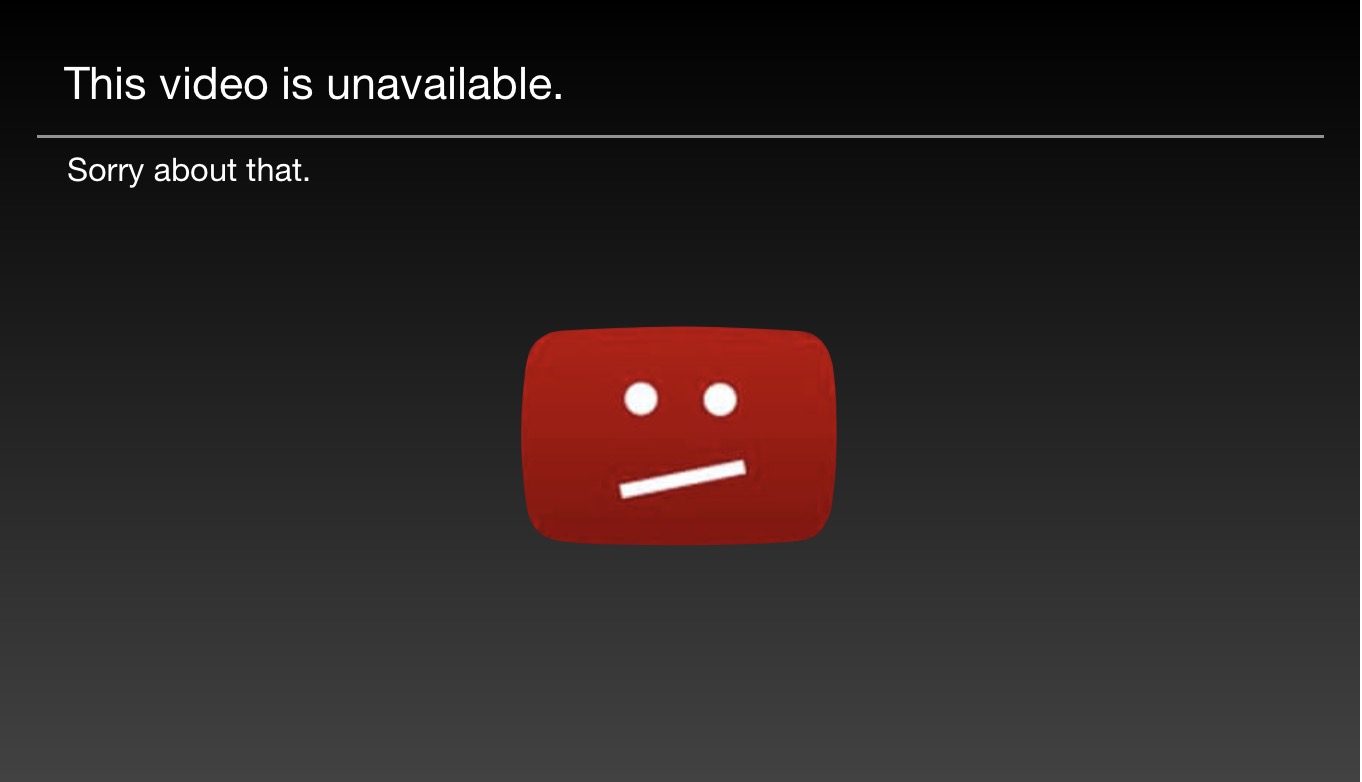YouTube lets some users fix videos without changing the link

How do you fix or replace a YouTube video without changing the view count, deleting the comments, and creating a whole new URL?
For most users it’s impossible; there is no “re-upload” button on YouTube. But that’s not the case for everyone.
YouTube lets some users replace videos and the process and requirements to do so remain a mystery.
Replacing a video is important when there’s a mistake like a typo in an on-screen title or a clip that cuts off a second too soon.
Users can upload a new version and start from scratch, deleting the original video to prevent a duplicate or if the mistake is too egregious to keep live. However, any views or comments the original video amassed are lost.
Worse still, removing the original means a broken link for anyone who shared or embedded it.
YouTube’s support page tells users they can’t replace videos “since any new video uploads will get a new URL,” but that doesn’t mean it isn’t done.
Take, for example, an Apple ad about the iPhone X, which was posted on March 16 on YouTube:
https://www.youtube.com/watch?v=-pF5bV6bFOU
Within hours, blogs posted that the commercial displayed a bug on the screen of the phone.
A few days later TechnoBuffalo noted that Apple had reshot the scene in which the bug appeared, and – somehow – quietly fixed its YouTube video without any changes to the URL or view count.
Unlike edited Facebook posts, YouTube gives no indication when a video is updated. That raises the question, how frequently does it happen? There’s also no information on how YouTube determines which users can replace videos and under what circumstances. Google has not responded to a request for comment.
Google offers “partner managers” to channels with at least 100,000 subscribers, but it’s unclear if video replacement is one of the benefits. The application page states:
A YouTube Partner Manager is a deeper level of access to YouTube. So they’ll be able to give you a first look at new creator programs and features. You could get whitelisted for new YouTube tools and get the opportunity to take part in experimental new programs!
Competing services like Vimeo and JW Player have allowed users to replace their own videos for years. Here’s what the button looks like on Vimeo:

YouTube likely reasons that the ability to replace videos, for the average user, could lead to chaos. If a bystander’s clip suddenly goes viral, what’s to stop her from re-uploading the file with changes or promotions edited in? While it may be a reasonable concern for some, the inability to fix videos is a stumbling block to many credible channels.
What areas of media and technology do you have questions about? Let me know at hkeely@reviewjournal.com and/or on Twitter: @HarrisonKeely.













